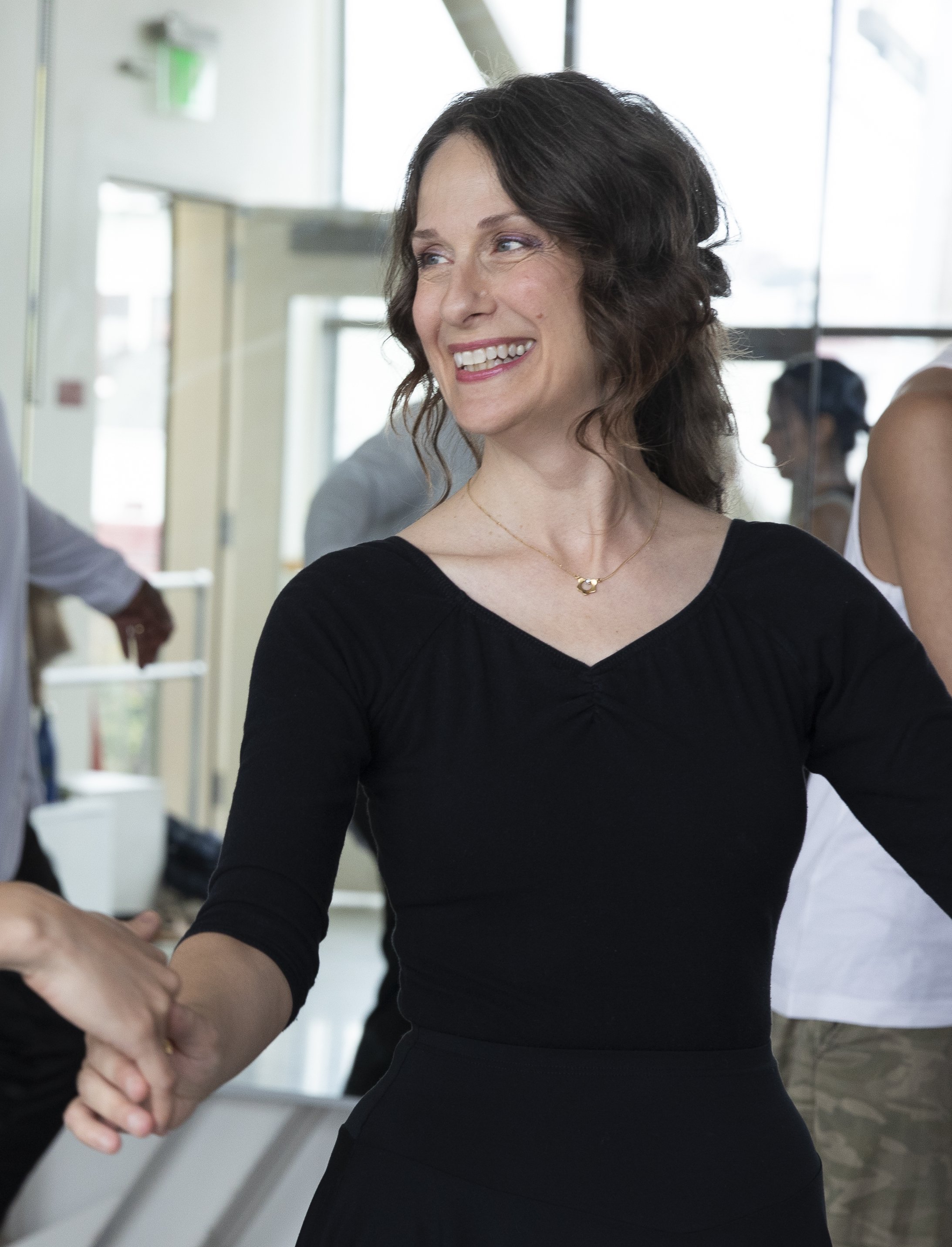Chamber Concert & Symposium
Sunday, March 19th • 12:30-5:00PM • Hotel Shattuck Plaza, Berkeley
Free afternoon featuring Cantata Collective in Performance, interactive Baroque dance, and investigations into the music and history of the Mass in B Minor. Space limited. For reservations, email: bachrsvp@gmail.com.
Featuring:
Cantata Collective
Kate van Orden, Ph.D., bassoonist; Professor of Music, Harvard University
Jennifer Meller, Artistic Director, Dance Through Time
Special appearances by Nicholas McGegan and John Butt
Harry Gray, Ph.d., music educator; co-advisor, KAVAH Fund
For people at all levels of knowledge and interest in Baroque music, this unique afternoon, moderated by Kate van Orden, will enrich our shared experience of the Mass in B Minor. Guests will be treated to live chamber performances by the Cantata Collective, video clips, choreography and Baroque dance instruction by Jennifer Mellor, and selections from a virtual roundtable recorded by Nicholas McGegan, John Butt and Kate van Orden specially for this event. Opportunities for discussion and question-and-answer will be spread throughout the afternoon. While the structure of the afternoon is still being worked out, activities and topics will likely include the following:
A one-hour performance of Bach and related chamber music by the Cantata Collective.
How can we approach the Mass as listeners? Harry Gray will give a broad overview of the different musical styles, genres, forms and compositional techniques that create contrast, drama, pacing and meaning from movement to movement. Particular focus will be given to the ongoing dialogue between time-honored and austere Renaissance sacred vocal traditions, and the ornamented Baroque operatic, concerto and “galant” styles that were considered more modern and expressive in Bach’s own time.
Bach’s larger intentions in creating the complete Mass. Nic McGegan will touch on recent arguments by renowned Bach scholar Christoph Wolff, supporting the idea that the Mass is one of a number of projects Bach engaged in during his later years, by way of editing, summing up and passing on his life’s work in coherent large-scale forms.
Bach’s process of self-borrowing or “parody" from his own earlier vocal compositions. Familiarity with the original occasions for these earlier works can illuminate levels of meaning and intention in the Mass.
Numerology and other abstract symbolic dimensions of the Mass. These will tie into the geometrical qualities and spatial symbolics of Baroque dance.
The Historically Informed Performance approach encourages us to consider the music from two viewpoints, one more abstract, and the other based in an awareness of the concrete contexts in which the music was originally created and performed. The 19th century concept of “absolute" music, usually instrumental genres, and the evolving concert hall experience (darkened rooms, silent audiences, reverence!), suggests that we can experience the music purely as it is presented to us in performance, and according to our own inner aesthetic and emotional capacities. Or, we can approach the music through awareness of its period cultural context, down to details of Bach’s instruments, playing techniques, notational habits, specific musicians, places of employment and performance, and the everyday social lives of his audiences.
In a gentle, fun and informative dance session, Jennifer Meller invites us to travel through time and into our own bodies to discover the feeling of the dance forms that inspired and influenced Bach's music. We will learn to embody dance forms present in the B Minor Mass such as Sarabande, Bourée and Passepied. We will learn pieces of choreographies from original notations published in the early 18th century, and investigate elements used in both ballroom and theatrical Baroque dance such as spatial geometry, affect, phrasing, and grace.
Finally, Kate van Orden will present clips of modern day Bach stagings of the St. Matthew Passion and Mark Morris choreographies. The way bodies are brought forth in these performances, changes the way we hear them.


